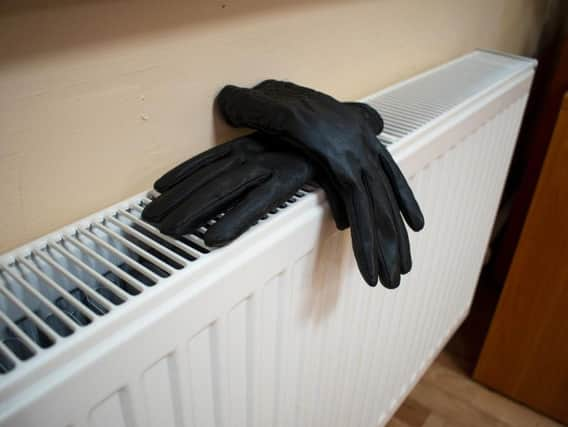Winter Fuel Payments on the decrease


This trend continued in winter 2018/19 where the total number of Winter Fuel Payment recipients was 11.569 million – a two per cent decrease since winter 2017/18.
The Winter Fuel Payment was introduced in 1997 aimed at tackling fuel poverty among pensioners.
Advertisement
Hide AdAdvertisement
Hide AdIt is an annual tax-free payment of between £100 and £300 to those eligible to help meet the costs of heating their homes in winter.
The payment is generally made between November and December but can extend until the end of March.
Previously, the qualifying age to receive the payment was 60, but from 2010 this was increased in line with the changing State Pension age for women.
The payment amount is based on circumstances during the qualifying week, which is usually in the September period prior to the winter reference.
Advertisement
Hide AdAdvertisement
Hide AdFrom July 2002, the residency criterion was extended beyond those people living in the UK to include those living within the European Economic area and Switzerland during the qualifying week who have a genuine and sufficient link to the UK.
The number of recipients, who are resident in the EEA or Switzerland, has been gradually increasing and in 2012/13 there was a sharp rise from 74,000 to 121,000 – an increase of 63 per cent since winter 2011/12.
From September 2015, the Winter Fuel Payment ceased to be payable to individuals living in countries where the average winter temperature is warmer than the warmest region of the UK (South-West England). People in seven countries are affected – Cyprus, France, Gibraltar, Greece, Malta, Portugal and Spain.
This has resulted in a marked reduction in the numbers of payments made and the expenditure from winter 2015/16 continuing in 2018/19.
Eight per cent of households, which received a Winter Fuel Payment, were in Scotland, with the South East of England topping the table at 15 per cent.